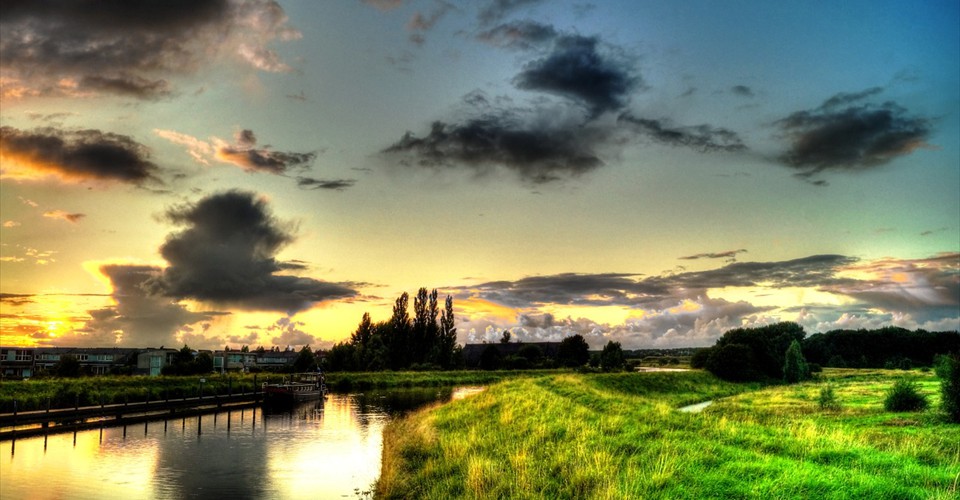Raktokorobi
Raktokorobi a
symbolic drama of Rabindtanath Tagore. The play was written at the hilly resort
of Shillong in the year 1923. At that
time, it was given the title of Yaksapuri. It was renamed Raktokorobi when
it was published in the Ashwin 1924 issue of the periodical Prabasi. The play
depicts how human greed denies the beauties and naturalness of life, makes it a
mere machine and a necessary ingredient for production, and what shapes human
protests take against such a state. The story in brief of this play is as
follows.
Raktokorobi: Theme and Characters
of the play
• Yaksapur
Kingdom
• King
• Pandits
• Coolies
and Mineworkers
• Nandini
• Ranjan
• Citizens
• The
royal ideal of the king of Yaksapuri is an exploitation of the citizenry; he has
an insatiable greed for money. The coolies of the gold mine get burnt in the
fire of that greed. In the eyes of the king, the coolies are not human beings,
they are mere tools for acquiring gold; they are only small parts of machines
bearing signs and numbers like 1, 2, or 3 and so on.
• They
do not have any value as humans. Here, humanism and humanity are by the shackles
of machines. There is no expression of life at Yaksapuri. Nandini is a symbol of
life's complete expression' of love and beauty. Under the spell of his greed, the
king of Yaksapuri does not feel the touch of joy in Nandini; the ascetic does
not feel it because of his craving for religious reform; the pandits do not
get it due to his scholarly and slavish instincts. Nandini, the symbol of love
and beauty' beckons everybody from outside the iron net of Yaksapuri. Everybody
becomes excited in a moment at this mirthful touch of free life.
• The
king wants to get possession of Nandini, similar to the manner in which he
extracts gold by force. But love and beauty cannot be obtained in this way. So
the king cannot get Nandini despite her being within his reach. Similarly, the
local leader and pandit, Kishor, and Kenaram all extended their hands beyond the
net out of their eagerness to live in life's abundance. But Nandini loves
Ranjan and has therefore awakened the feeling of love in him.
• But
Ranjan is tied to the bond of the machine. This machine delinks his love from his
life; the poet believed that this was the characteristic of a mechanized life.
Nandini's lover has to be sacrificed at the altar of mechanization; and through
this, life triumphs in order to search and get back love once more. Such point
of view has been reflected in many poems, plays, and stories of Rabindranath.
The poet searched for a balance between materialistic mechanization and the
nature of life in the play Raktokorobi.
Nandini
as the Feminist Character
The
play is mostly confined to the beauty of the lady Nandin and the greediness
of the king. The narrator wants to show, how lust was the king that he always thing
about her. The king is used as the symbol of absorbent whereas the young lady is symbolized as the reflection new year, a change, or an opportunity that
drives to a new world. The pandits and other alliances of a king are the symbols
that always support the bad trend to germinate false culture which creates a
means of destruction. Workers are
reflected as the normal citizens who are always deprived from opportunity and
exploited in terms to generate revenue. Ranjan is characterized as the new
possibilities but he is still attached with the typical thinking and webbed with
lots of mechanisms. He lost himself in these traditional and conservative and
fail to accept the beauty of the dawn. The play mostly revolves around Nandin
and her character seems bold and challenging. She denies the king and loves the
citizen, a worker, who never understands her. The play is sometimes a
replication of contemporary scenarios and the social structure that every person
traveled through. Gurudev has shown the connection of society with Lust and
Love, greediness and charm, changes versus exploiter.
The female character Nandin is so bold and courageous that she revolt against King and denies his lustiness. She also satire the pandits and other alliances refusing their proposal. Gurudev creates the admirable and feminist character in Nandini. She is not only beautiful and charming but also the character to revolt against the bloodsucker. She is a symbol of dawn and the arrival of a new era. She tried her lover to pill out from traditionalism to modernism but he is stuck in such a way that he feels good with nails in his knees and can’t find a way to come out from the trap.
By Kumar Sargam
Copyright Reserved

















